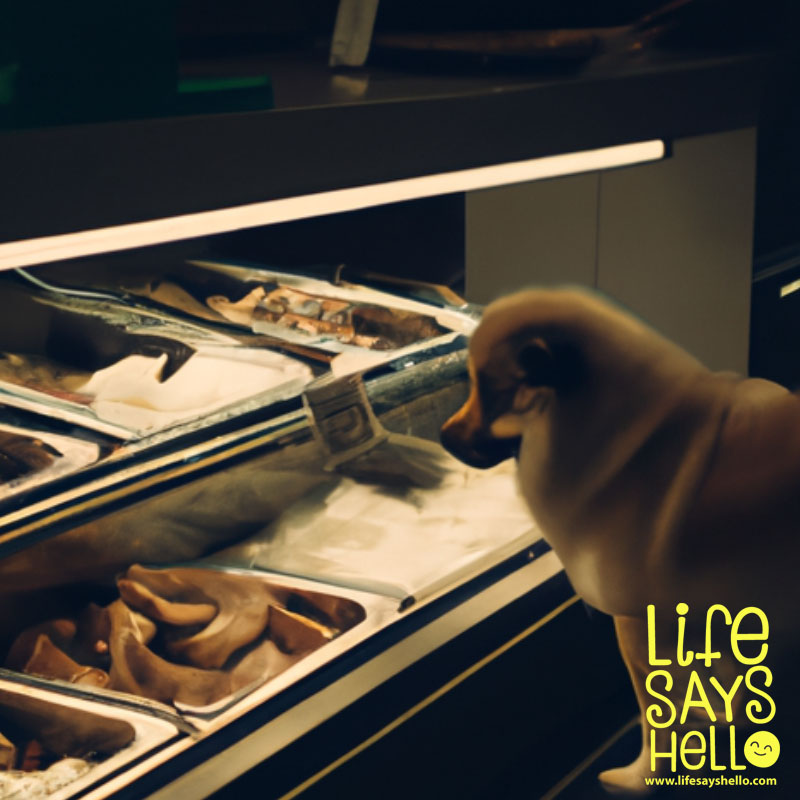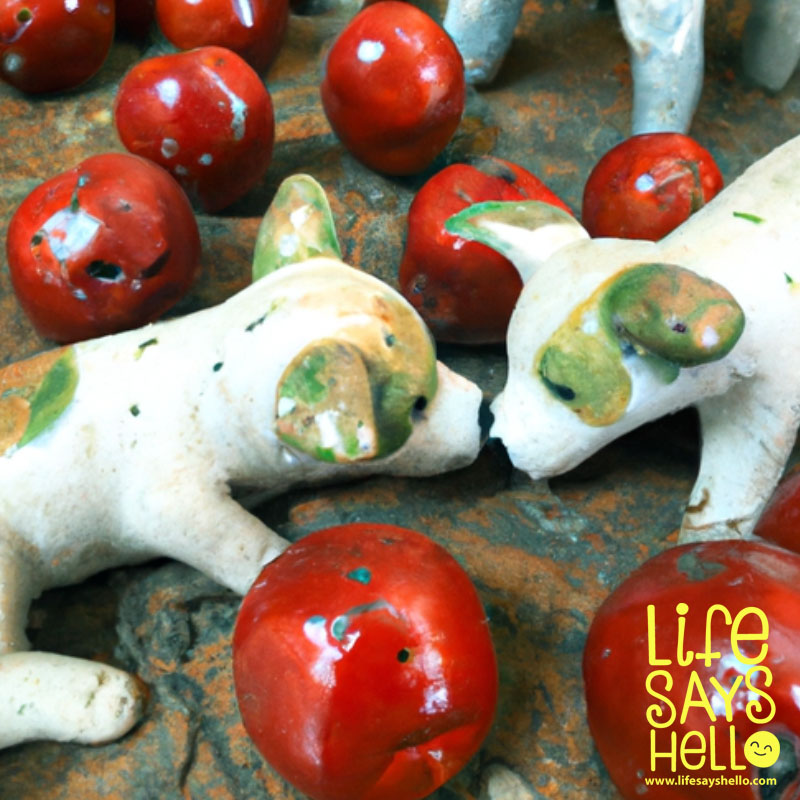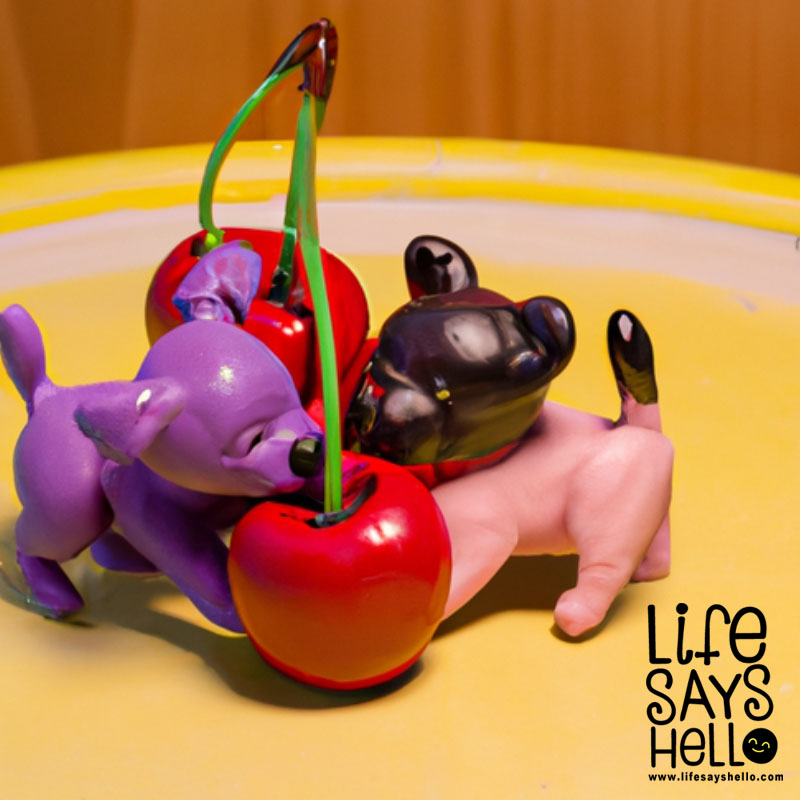Can I Feed My Dog Raw Meat from the Supermarket? The Risks and Benefits

If you’re a dog owner, you may have heard of the trend of feeding dogs raw meat. Raw meat diets for dogs have been gaining popularity over the years, with some dog owners claiming that it can help improve their dog’s health. But is it safe to feed your dog raw meat from the supermarket?
In this article, we’ll explore the debate on raw meat for dogs, the risks and benefits of feeding your dog raw meat, and best practices for doing so.
The Debate on Raw Meat for Dogs
The debate on raw meat for dogs is heated, with proponents on both sides. Some dog owners and veterinarians swear by raw meat diets, arguing that it can improve a dog’s coat, promote healthy teeth and gums, and lead to fewer health problems overall. However, others argue that raw meat can be dangerous for dogs, as it can contain harmful bacteria such as Salmonella and E. coli.
The Risks of Feeding Your Dog Raw Meat
The risks of feeding your dog raw meat are real. Raw meat can contain harmful bacteria that can make your dog sick, and in some cases, even cause death. In addition to Salmonella and E. coli, raw meat can also contain other harmful bacteria such as Campylobacter, Listeria, and Clostridium.
Symptoms of illness from these bacteria can include diarrhea, vomiting, fever, and dehydration. While most dogs will recover from these illnesses, some may require veterinary care to get better.
The Benefits of Feeding Your Dog Raw Meat
Despite the risks, some dog owners continue to feed their dogs raw meat. Why? Proponents argue that raw meat can provide a range of benefits for dogs, including:
Improved coat and skin health: Raw meat is an excellent source of protein and healthy fats, which can help improve a dog’s coat and skin health.
Improved dental health: Raw meat can help promote healthy teeth and gums, as it requires more chewing than processed dog food.
Better digestion: Some dog owners claim that raw meat can help improve their dog’s digestion, leading to fewer digestive problems overall.
More energy: Raw meat diets are often higher in calories and protein than processed dog food, which can lead to increased energy levels in dogs.
Best Practices for Feeding Your Dog Raw Meat
If you do decide to feed your dog raw meat, it’s important to follow best practices to minimize the risks. Here are some tips:
Buy high-quality meat: When buying raw meat for your dog, make sure it’s high-quality and free from harmful bacteria. Look for meat that’s labeled “human-grade” and has been inspected by the USDA.
Handle the meat carefully: Raw meat can contain harmful bacteria, so it’s important to handle it carefully. Store it in the refrigerator or freezer and use separate cutting boards and utensils when preparing it.
Balance the diet: Raw meat should be part of a balanced diet that includes other nutrients like carbohydrates, vitamins, and minerals. Talk to your veterinarian about the best way to balance your dog’s raw meat diet.
Monitor your dog’s health: Keep an eye on your dog’s health when feeding them raw meat. Watch for symptoms of illness and take them to the vet if they seem sick.
Conclusion
Feeding your dog raw meat from the supermarket can be a risky proposition, but it can also provide benefits to your dog’s health. If you do decide to feed your dog raw meat, make sure to follow best practices to minimize the risks and provide a balanced diet. And always monitor your dog’s health to ensure they stay happy and healthy.




Comments